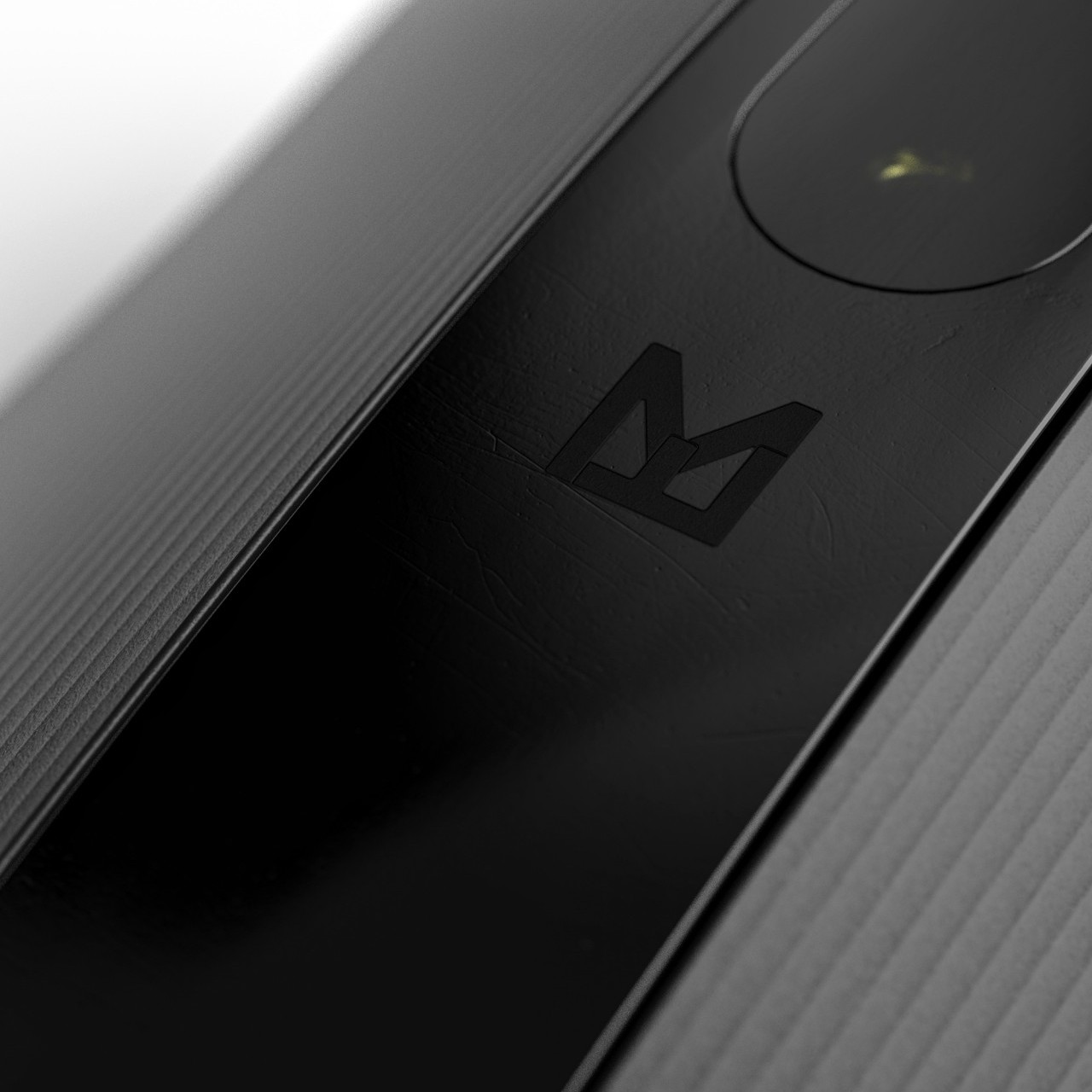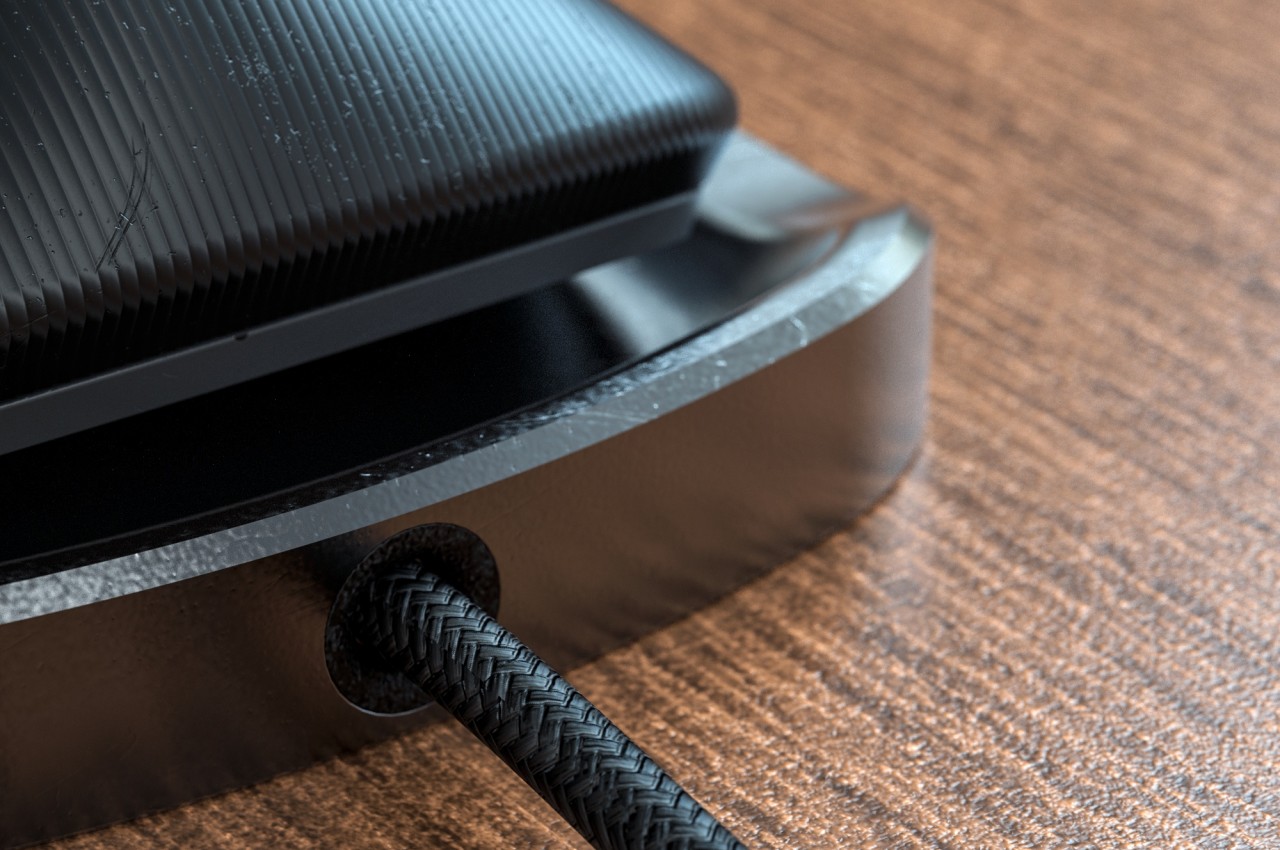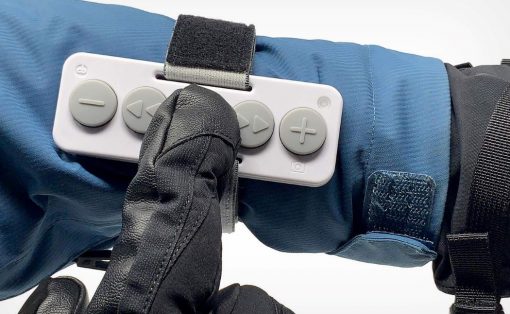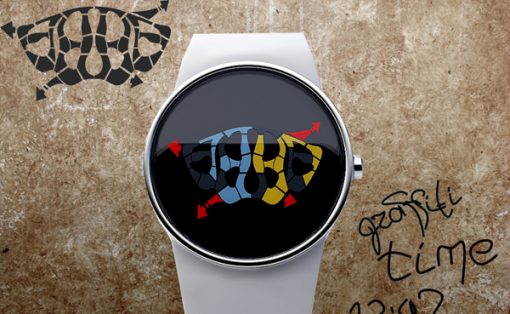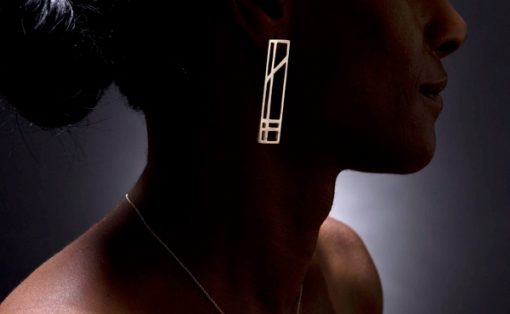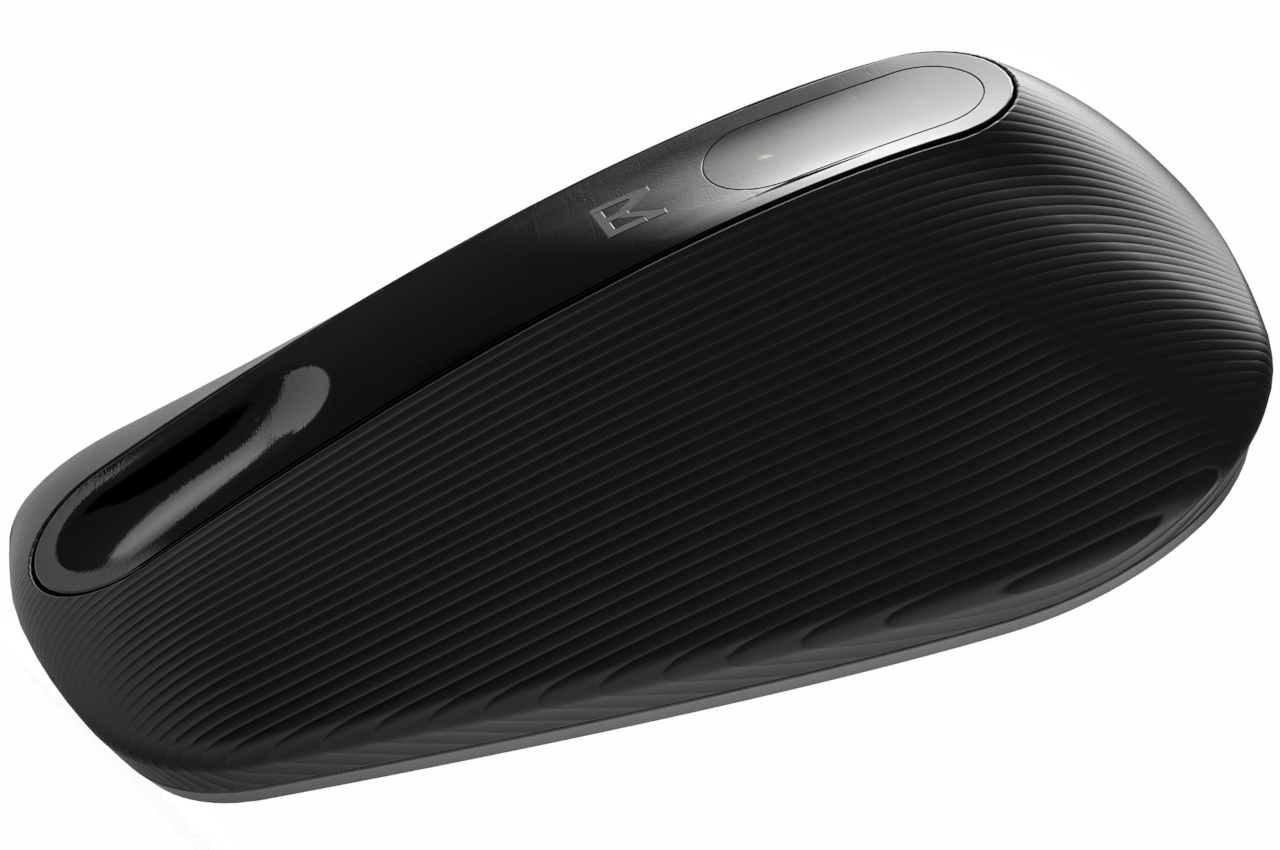
The computer mouse hasn’t changed its basic design in ages, which also means that the ergonomic problems it had in the past still exist today. There are plenty of new designs and concepts that try to challenge the status quo, but many of these tend to have unfamiliar and sometimes very alien forms. That might be uncomfortable for some people who rely on muscle memory to get things done efficiently. Of course, there’s still plenty of room for improvement even with the more traditional shape of the mouse, and this design concept puts a slightly different twist to the user experience, focusing more on how it would feel under our fingers when you remove the keys and buttons.
Designer: Matteo Ercole
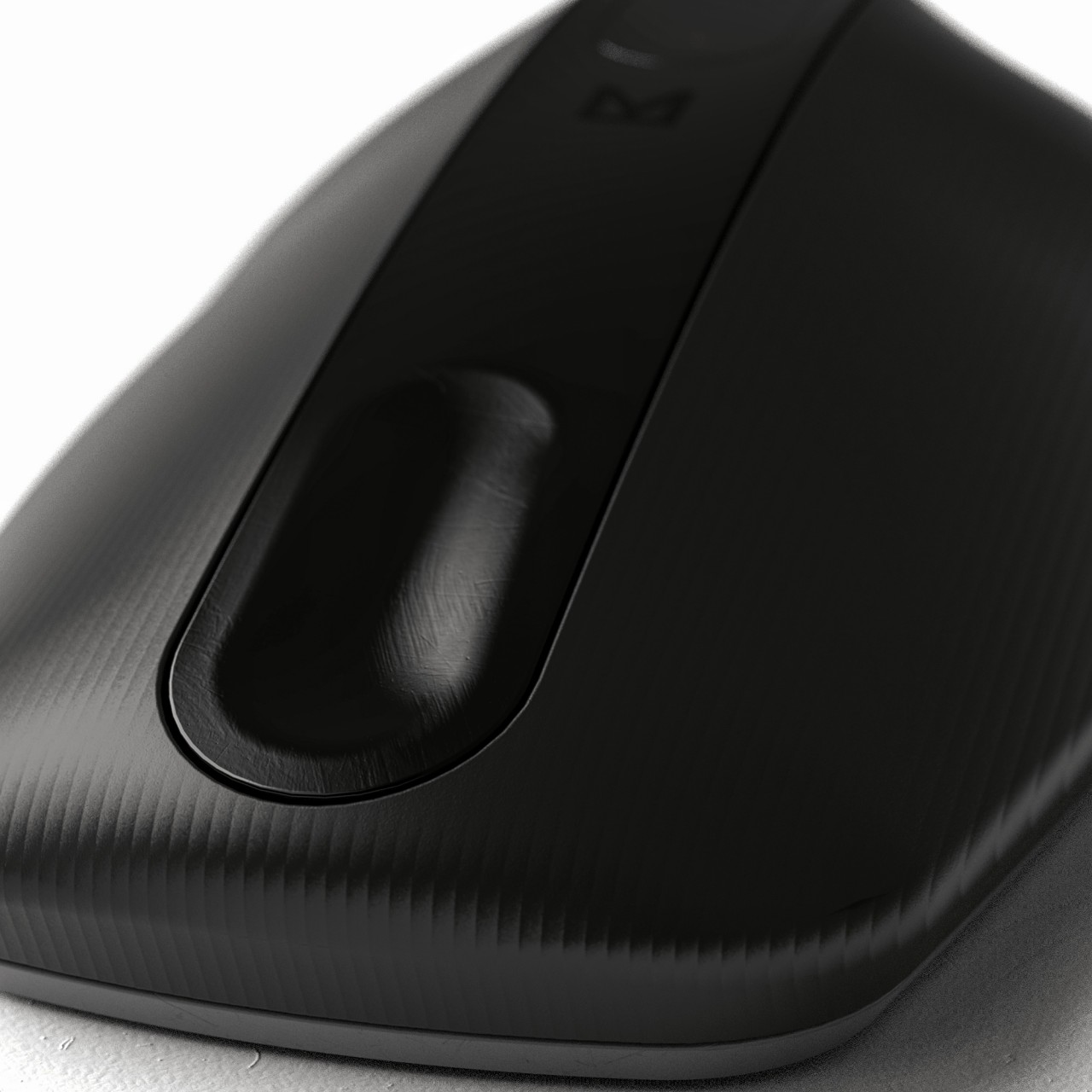
Repetitive strain from using a mouse can come from different motions, though most of the focus is on the bigger movements of the wrist. Our fingers, however, are also quite active when using a mouse, and those could also contribute to eventual injury. That might be especially true if your fingers encounter a lot more resistance from mechanical interfaces like buttons and wheels.
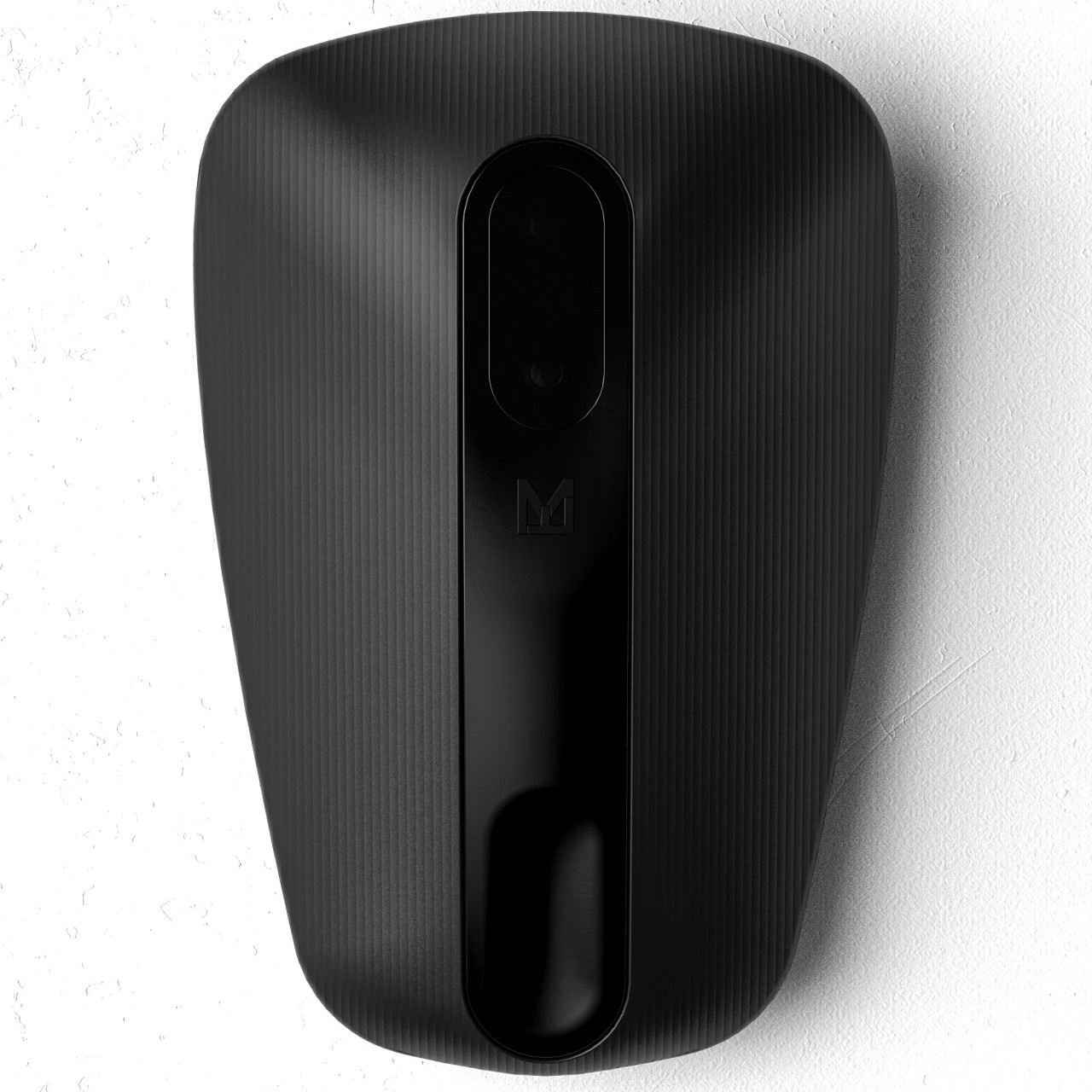
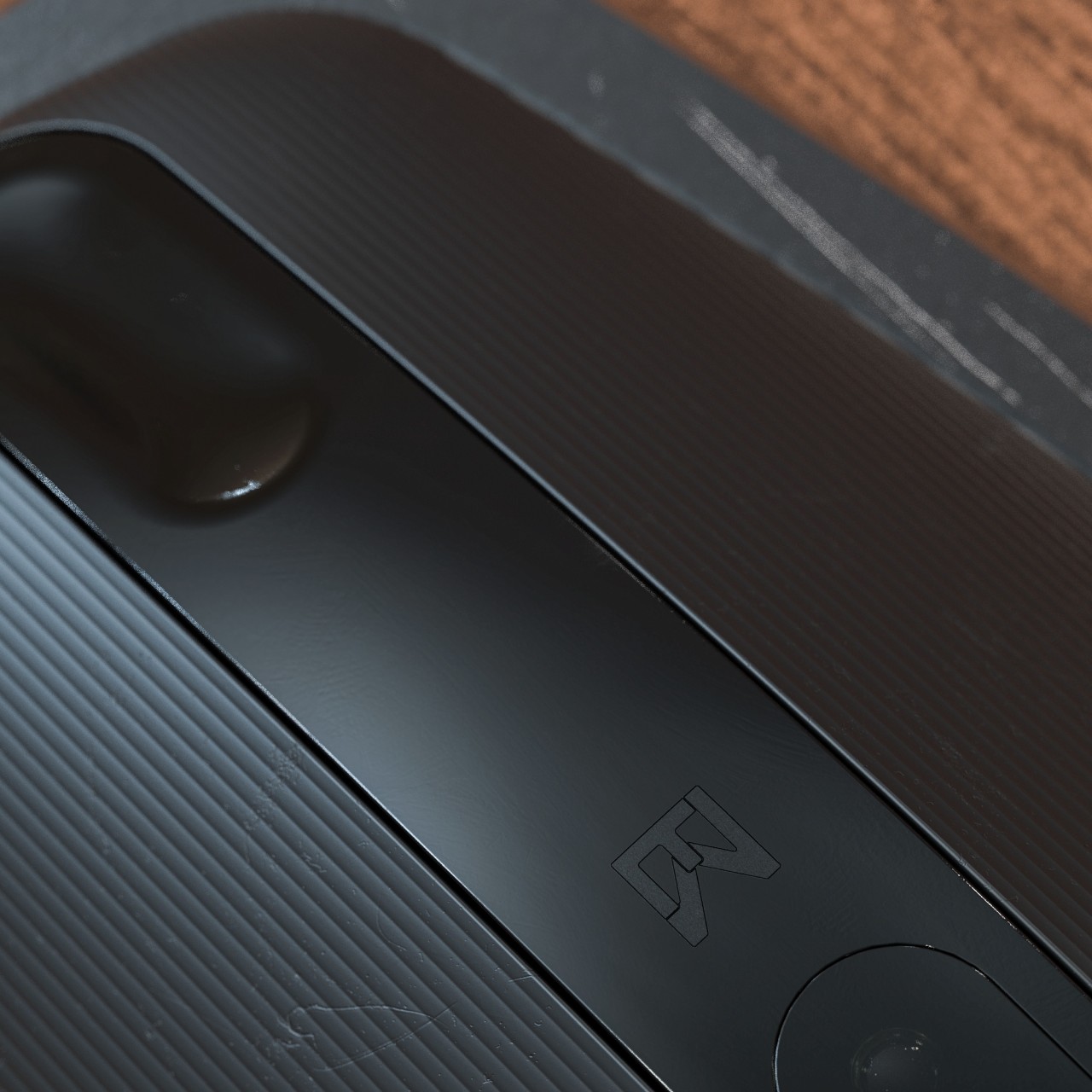
Named “Just another mouse” as a tongue-in-cheek joke, this design concept does away with those buttons and instead presents a device that has a more stylish body and texture. Instead of buttons, the concept utilizes pressure-sensitive areas similar to Apple’s Force Touch trackpad on MacBook. This can expand the number of actions you could use with the mouse or change the gesture completely, like using a slightly deeper press instead of double-clicking. The mouse wheel is also absent, replaced by a touch-sensitive groove that provides less resistance while also giving the finger a more nuanced tactile experience.
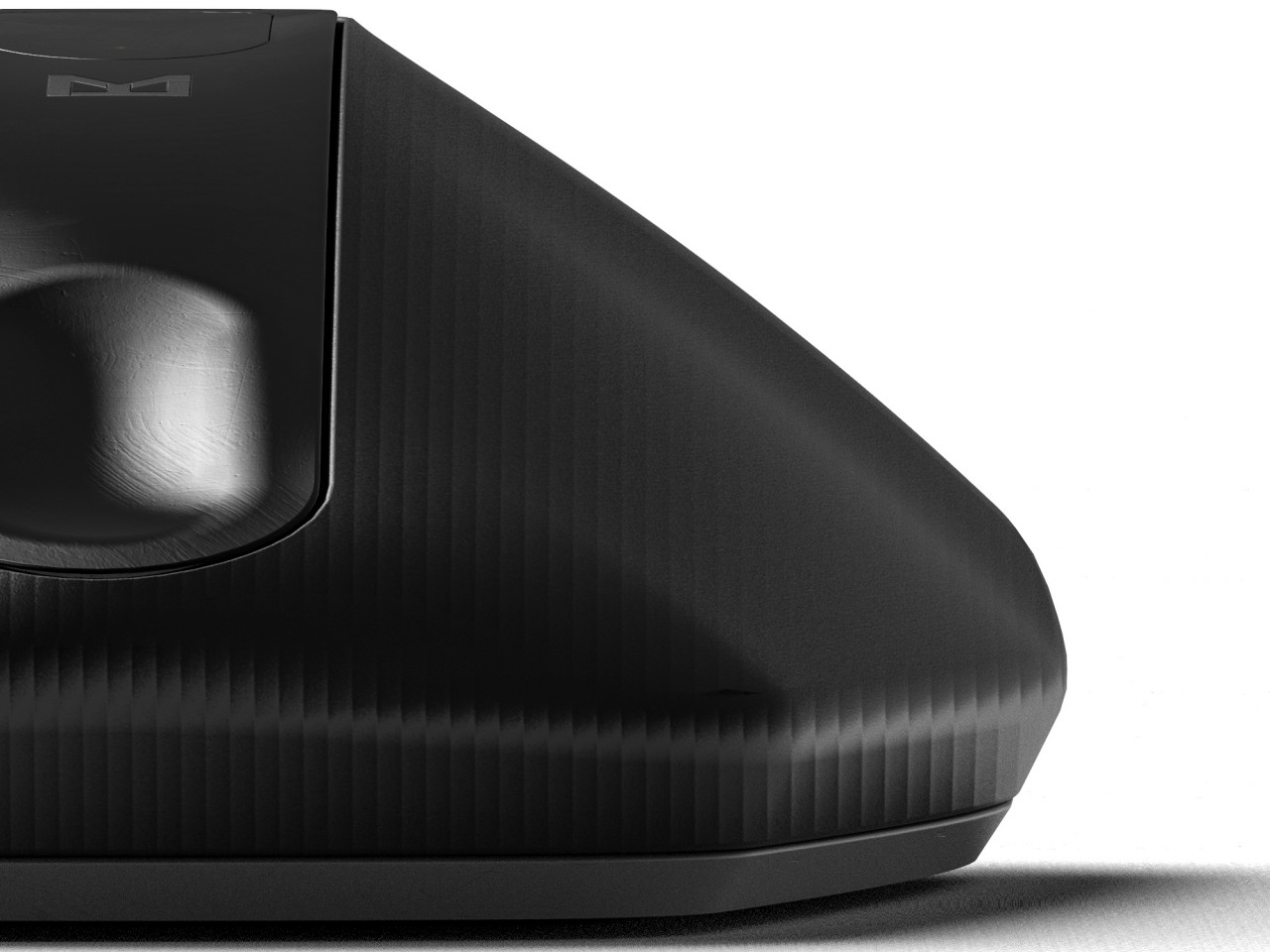
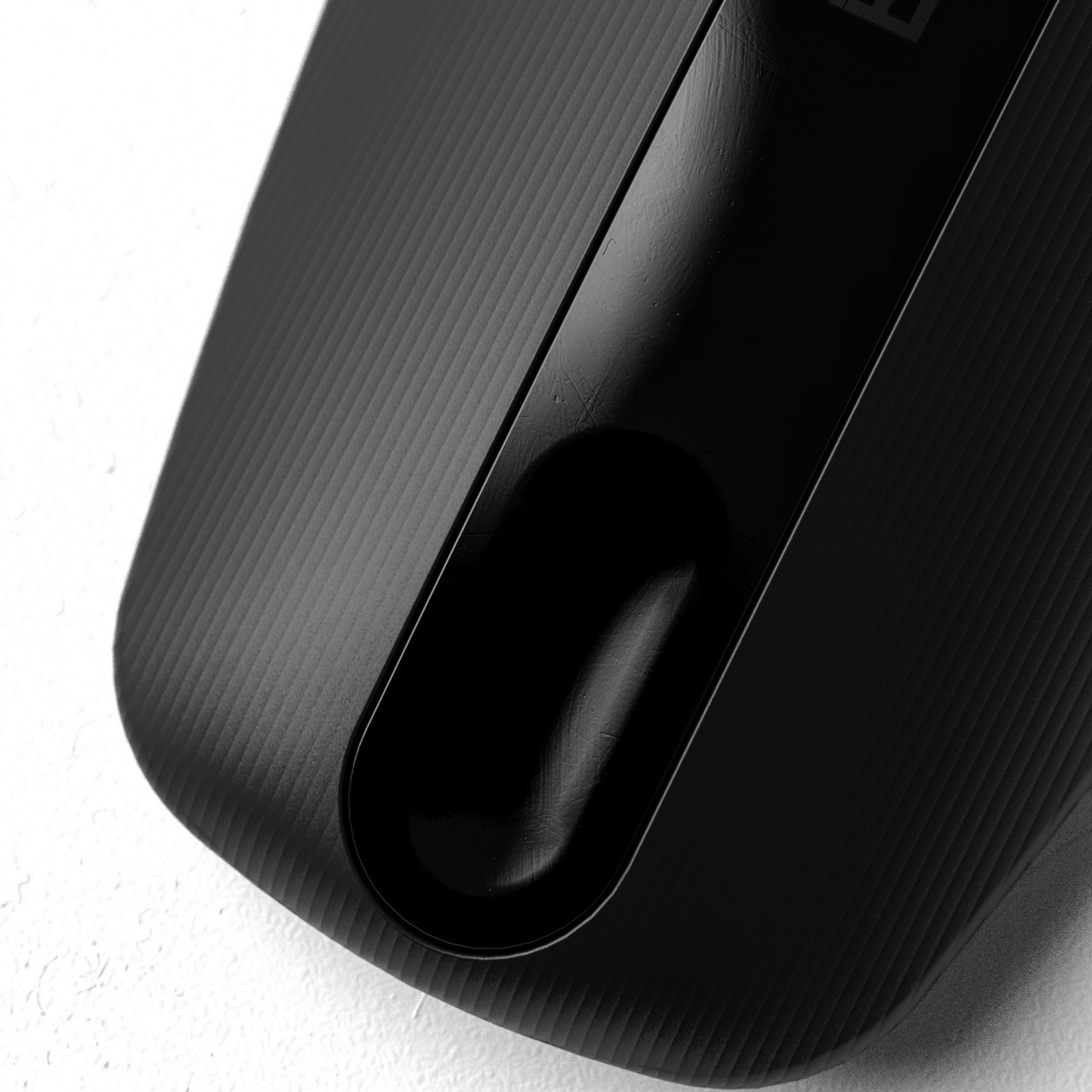
The mouse doesn’t have a power switch, either, and it just turns on when a proximity sensor detects a hand on top of it. The internal battery is charged on a wireless dock, similar to how you’d wirelessly charge a smartphone or smartwatch. This further reduces the number of openings and moving parts that could break down after prolonged use.
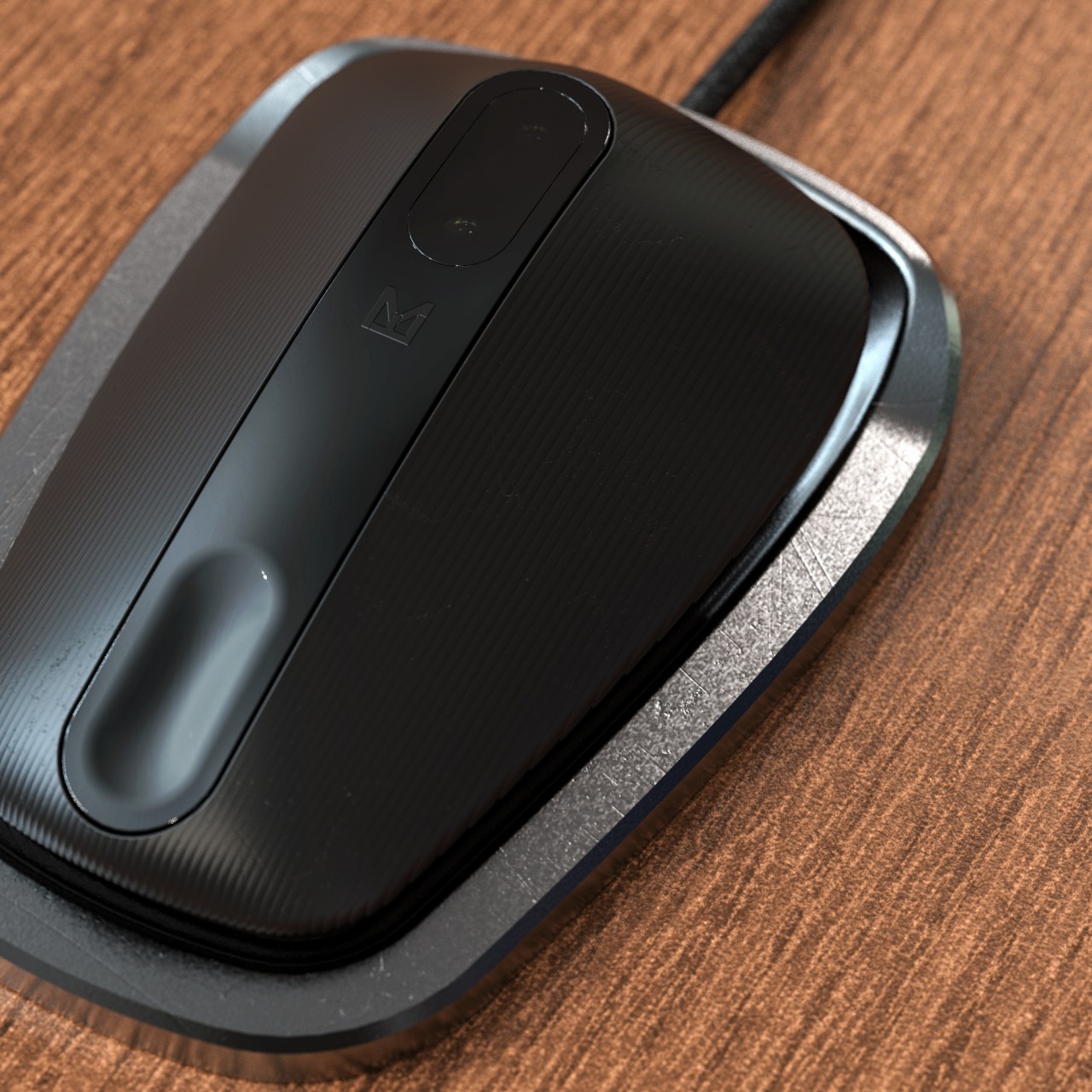
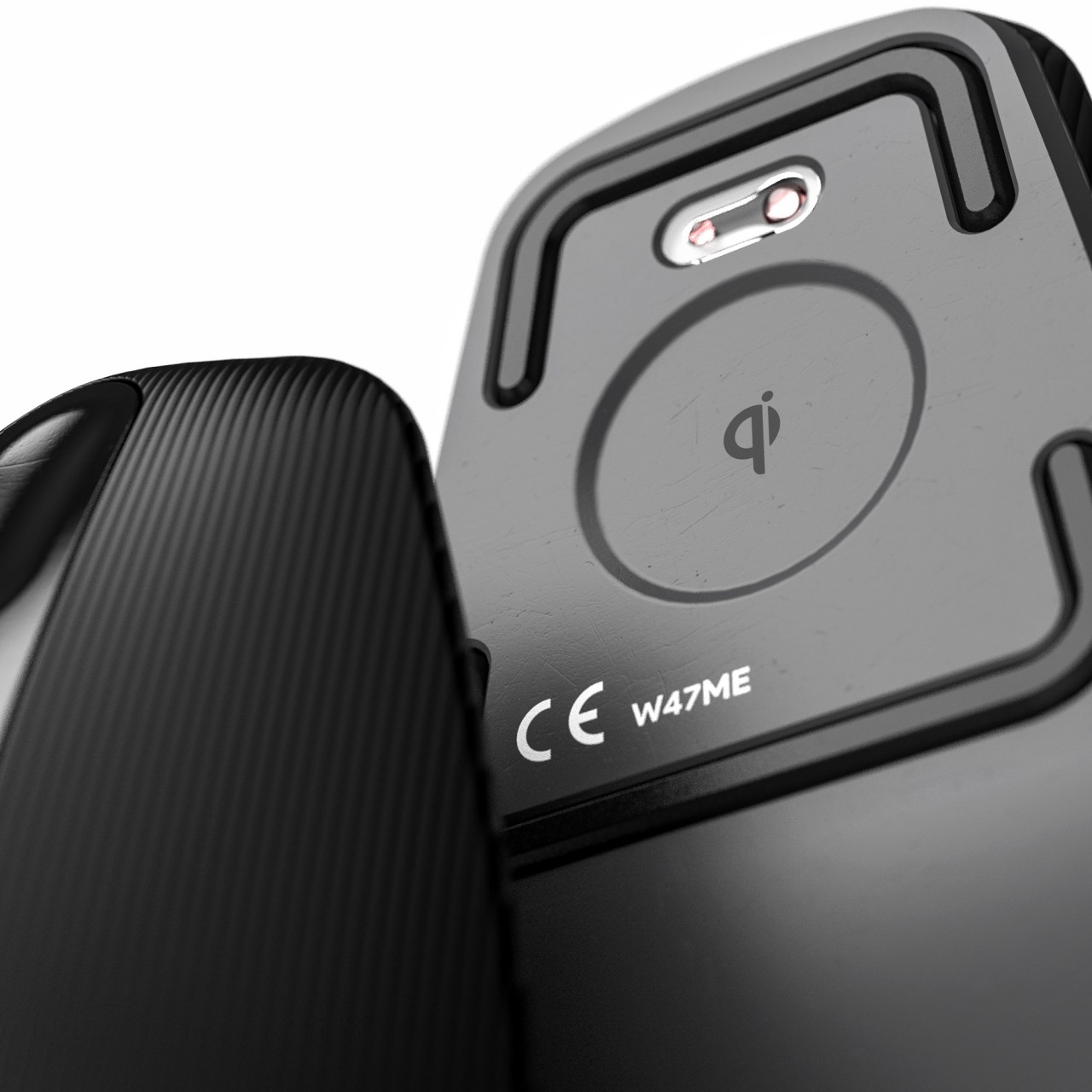
This concept design doesn’t inherently change the way the mouse looks or functions, but it does open the door for newer experiences, especially when the sense of touch is involved. Rather than typical plastic, the design could use different kinds of materials and textures that give the mouse a bit more flavor, both visually and tactilely. That, in turn, can make the mouse more than just a utilitarian computer accessory but also a beautiful desk decoration when they’re not in use.
